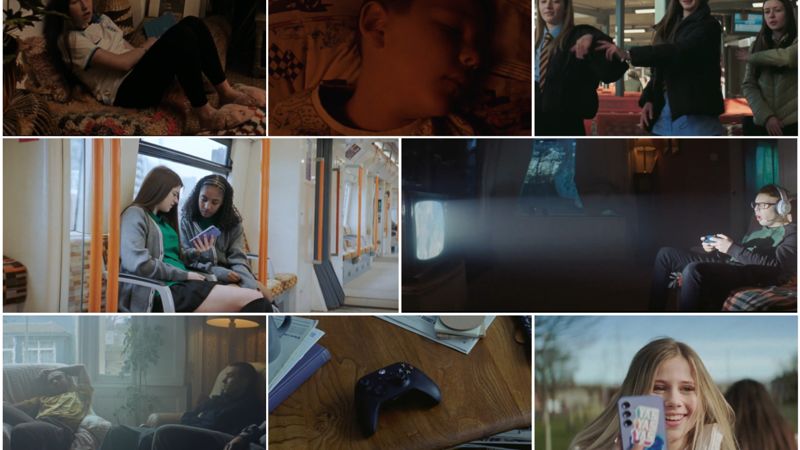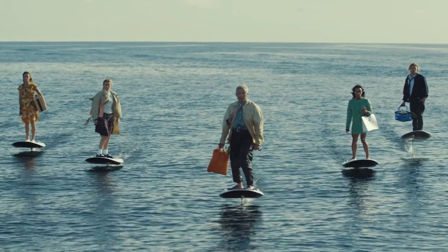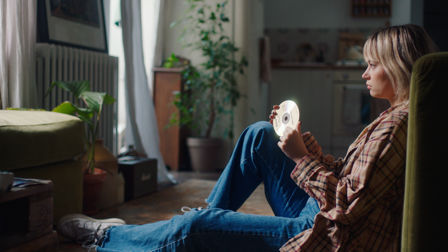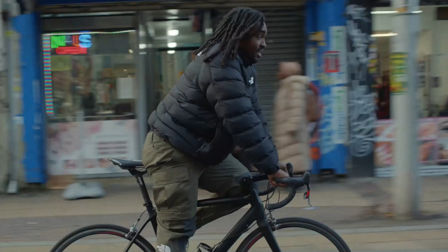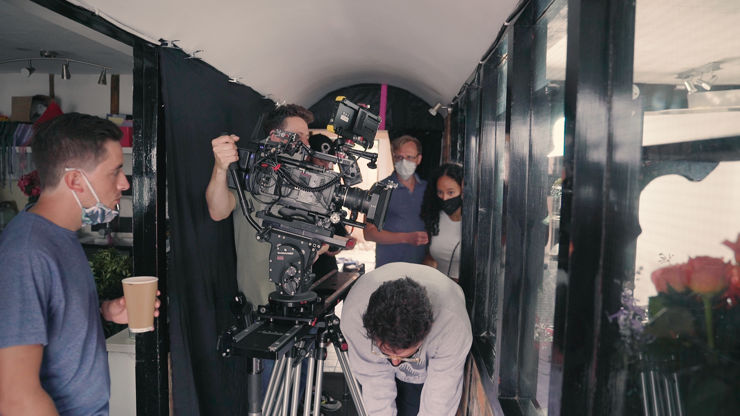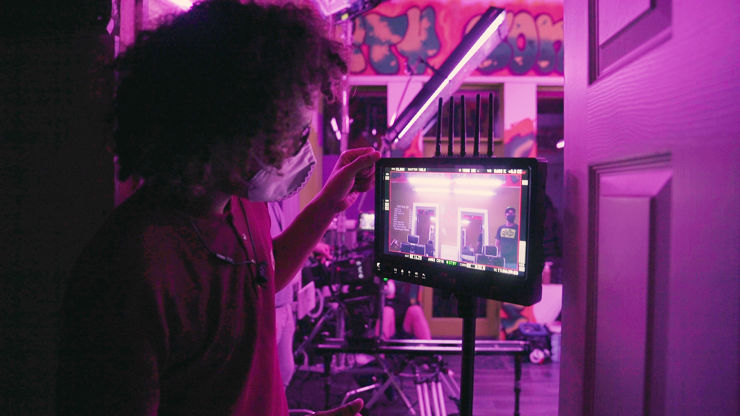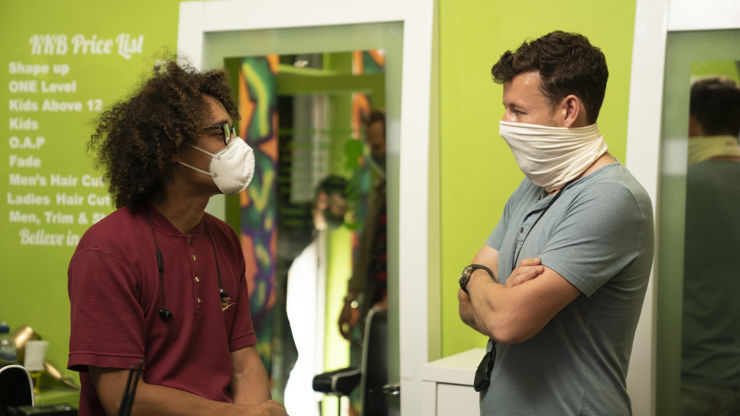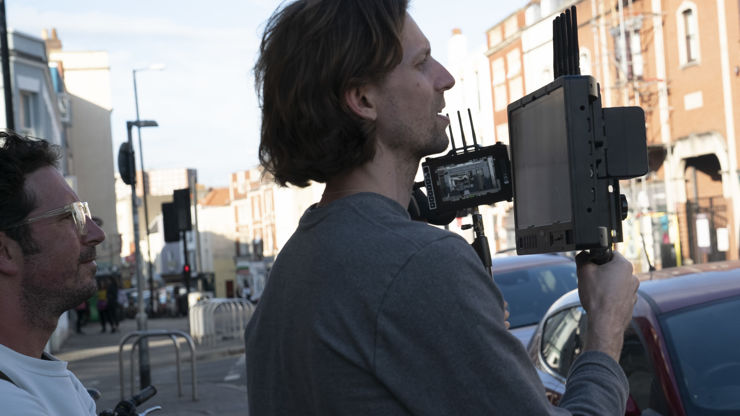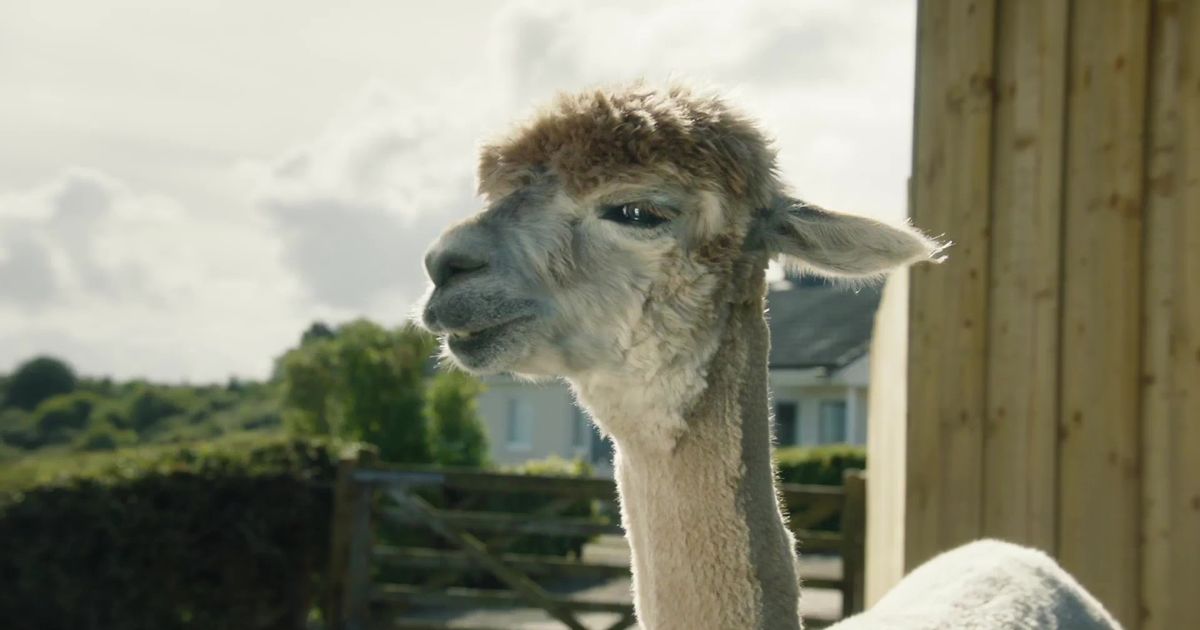How to make a big deal out of small businesses
Last Friday, Channel 4 and a host of big brands donated an entire ad break to mini-spots highlighting small businesses throughout the UK. We caught up with Armoury MD & Senior Producer Matt Hichens and Creative Director Jack Laurance to find out just how they shot six companies in six days with six directors, all under strict safety guidelines.
The global pandemic has made everyone reconsider who the real everyday heroes of society really are.
Throwing the spotlight over to small businesses that have supported local communities for decades and are now, slowly, able to reopen their doors a little wider, Channel 4's ad-break takeover (with space donated from Coca-Cola, Rightmove, American Express, and more) playfully celebrates these Covid Comebacks with some charming flights of fancy.
Conceived and shot by London company Armoury, with each of the separate businesses being shot by a different director, the campaign's six day shooting period across countrywide locations and under strict safety guidelines makes for a remarkable challenge.
We caught up with Armoury MD & Senior Producer Matt Hichens and Creative Director Jack Laurance to find out just how they achieved it.
Credits
powered by
Unlock full credits and more with a Source + shots membership.
Credits
powered by
- Agency In-House
- Production Company Armoury
- Director Ben Perry
- Director Stuart Elliot
- Director Will Williamson
- Director Otis Dominique
- Director Jack Laurance
- Director Ato Yankey
- Producer Matt Hichens
- Production Manager Robyn Warwick
- Executive Producer Clare Gibson
- DP Chris Clarke
- DP Will Hanke
- Editor James Demetriou
- Editor Owen Oppenheimer
- Sound Designer Brendan Crehan
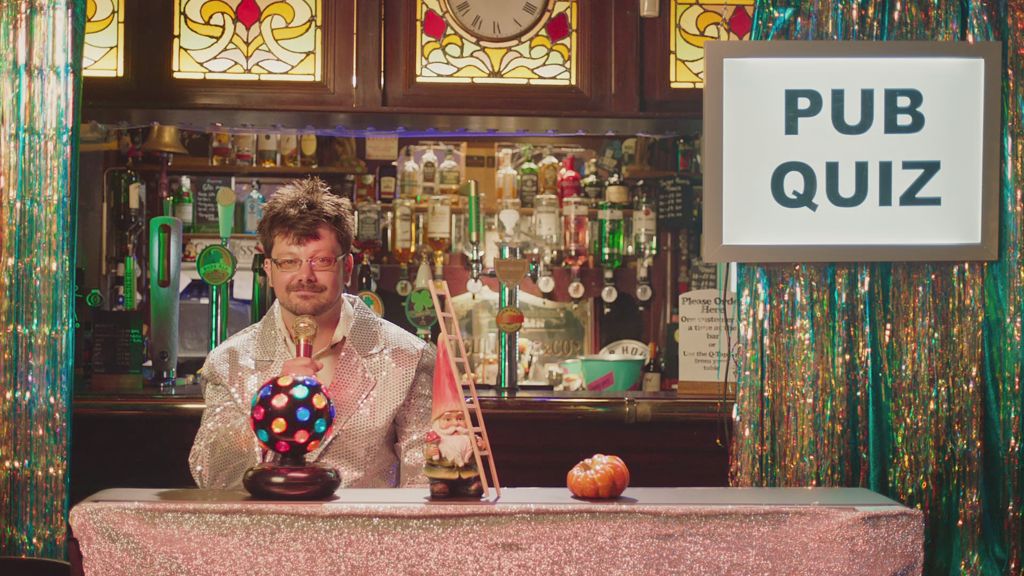
Credits
powered by
- Agency In-House
- Production Company Armoury
- Director Ben Perry
- Director Stuart Elliot
- Director Will Williamson
- Director Otis Dominique
- Director Jack Laurance
- Director Ato Yankey
- Producer Matt Hichens
- Production Manager Robyn Warwick
- Executive Producer Clare Gibson
- DP Chris Clarke
- DP Will Hanke
- Editor James Demetriou
- Editor Owen Oppenheimer
- Sound Designer Brendan Crehan
- VFX Louis Hvejsel Bork
It's an unusual approach to a commercial, with various brands, notably C4, involved: can you tell us a bit about the origins of the campaign?
JL: Everyone's feeling the repercussions of Covid, but local businesses are particularly at risk. This was a unique opportunity to create TV ads for local high street businesses who can't afford them. Whilst their presence on the high street is familiar to us all, they don't tend to show up within a primetime TV break. There was a responsibility for us as filmmakers to really make the most of that by reflecting these small businesses in a way that was slightly bombastic but also rooted in integrity. This is what made the project so interesting as it was a chance to allude to TV advertising tropes, whilst also slightly subverting them.
This was a unique opportunity to create TV ads for local high street businesses who can't afford them.
If an independent florist in Maidenhead really had the same marketing opportunity as a household brand, what would their TV ad look like? That was a dreamy creative brief that we happily embraced.
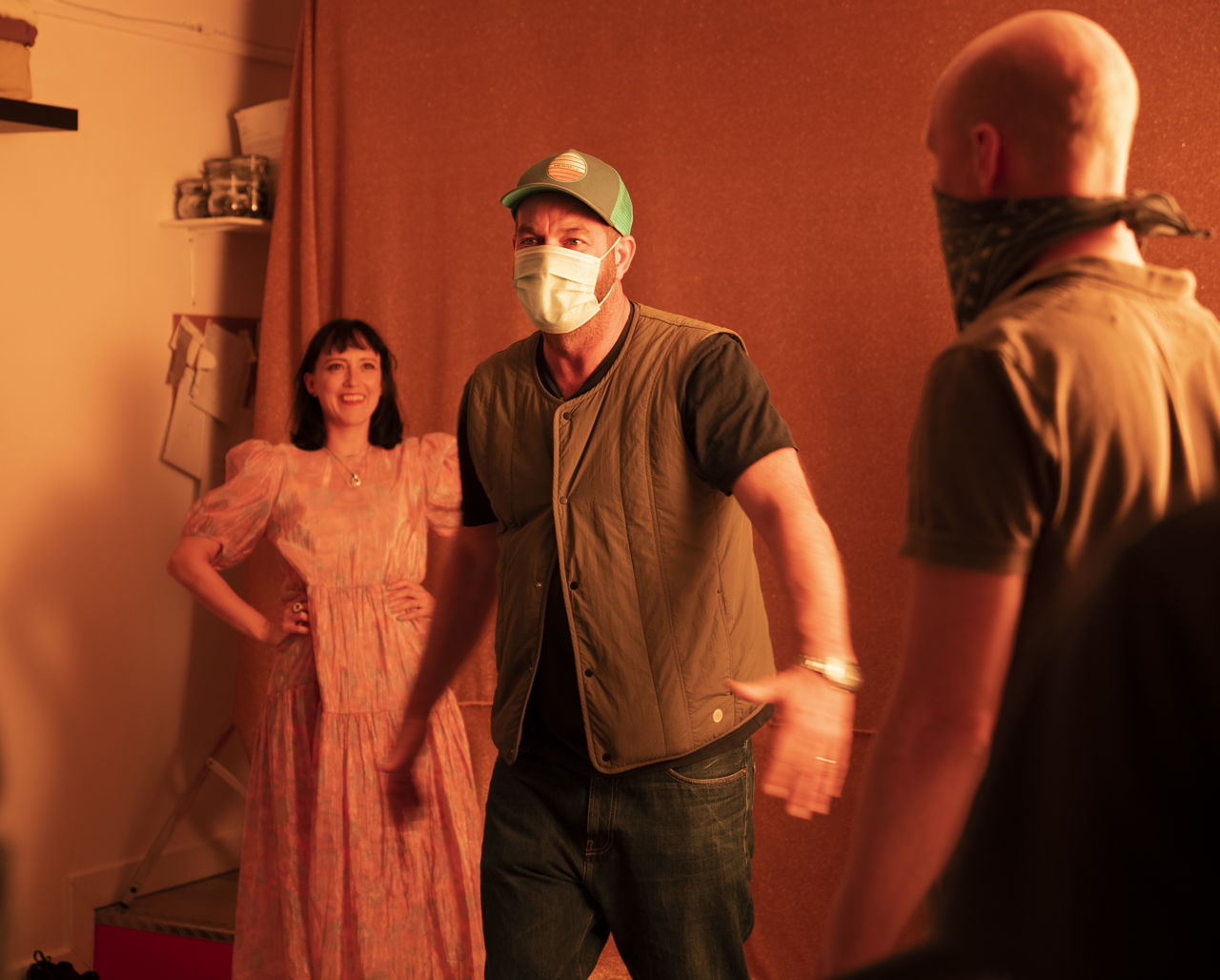
Above: Matt Hichens on set of the Tailors film.
How did you decide which businesses to use and what was the casting process like?
JL: Channel 4 ran a series of 'teasers' offering local businesses the chance to star in their very own ads. This ensured everyone got their opportunity to take part, which was going to be key to the integrity of what we were trying to create.
Each ad is a natural extension of the businesses we captured, rather than something we dreamed up because we thought it would look cool.
MH: [We used] local and regional casting, and online social street casting. We found so many good options it was tough to pick the final six.
The directors didn't have much time with each of the films' stars; was it imperative that the 'actors' were comfortable in front of the camera?
JL: Absolutely. But that didn't mean we were looking for super-polished, professional performances, we just encouraged them to be themselves. Each ad is a natural extension of the businesses we captured, rather than something we dreamed up because we thought it would look cool. This is what I love about the finished ad break. It's true to them, and a refreshing departure from the more overtly prescribed nature of traditional TV ads.
MH: With something of this nature you’re looking for real characters and personalities and when you get their self-shot tapes you can see who’s who. Then it's video recalls and as much dialogue and conversation as possible before the shoot. It's a balance of making them feel at ease and and getting the performance.

Above: Jack Laurance in the pub.
Each business/spot was shot by a different Armoury director; how did you pair them up and decide who'd be best for that specific film?
JL: As our shortlist of small businesses emerged during the casting process, the right director for each spot became clear pretty quickly. Armoury's roster is made up of a very diverse range of talent, so allocating a director to each script was easy.
MH: We know our directors well, so it was fairly straight forward matching directors with the business. We knew who was going work with who.
You shot under the Covid restriction; can you tell us a bit about that process?
JL: The 'new normal' is a term that's obviously being used a lot, but we've learned to adapt quickly to an ever-changing industry since our inception. I think this has been one of our greatest strengths and sets us up well for the changing landscape of shooting with Covid guidelines in mind. Safety is obviously number one, and whilst ensuring we are doing things by the book slows things down a little, it's just a new rhythm that we all got used to by the end.
Wearing the PPE isn’t that bad.
MH: It's a more careful thoughtful process. It the same process, but additional layers of best practice, in this new norm moment. So, 'slower' is not a producers favourite word, but we were very strict on ourselves in regards to what was achievable within in the day. Wearing the PPE isn’t that bad, and the key thing for me was reminding everyone crew and cast why were doing it and to keep doing it.
Above: Behind the scenes on the films.
Six films, six directors, six days; how challenging was that?
JL: It was all in the planning, like everything. There was definitely a slightly different focus on timings and encouraging all our directors to shoot as efficiently and time sensitively as humanly possible. Pulling off a job of this nature is definitely testament to that.
Six different brands, six different independent business, and six directors shooting over five days? Doddle!
MH: At points it was crazy, but with lots of very funny moments as well. It was in effect all one production, so having to explain to one director why another director's plan or ideas were effecting him was quite a new and interesting experience. Luckily we are a down to earth crew and everyone was on board for the right the reasons.
Above: Behind the scenes on the films.
What was the most difficult part of the job?
JL: Making sure we were hitting the right balance across all spots in terms of style, humour, pacing, regional spread, representation and diversity. It was an ever changing Tetris puzzle that we worked hard to solve within a fairly punishing time frame.
Just very proud to be part of this little, but very good, thing in the middle of this very f-ing bad thing.
MH: Talking to six directors at once! No, they were great but, seriously, it was the multi-handed and multi-headed nature of the project. Six different brands, six different independent business, and six directors shooting over five days? Doddle!
And the most rewarding?
JL: The most rewarding thing was giving small businesses a voice. Helping them to amplify that voice in their own unique and inimitable way was hugely satisfying.
MH: Just very proud to be part of this little, but very good, thing in the middle of this very f-ing bad thing. Making and producing work with good people is always rewarding!
)
